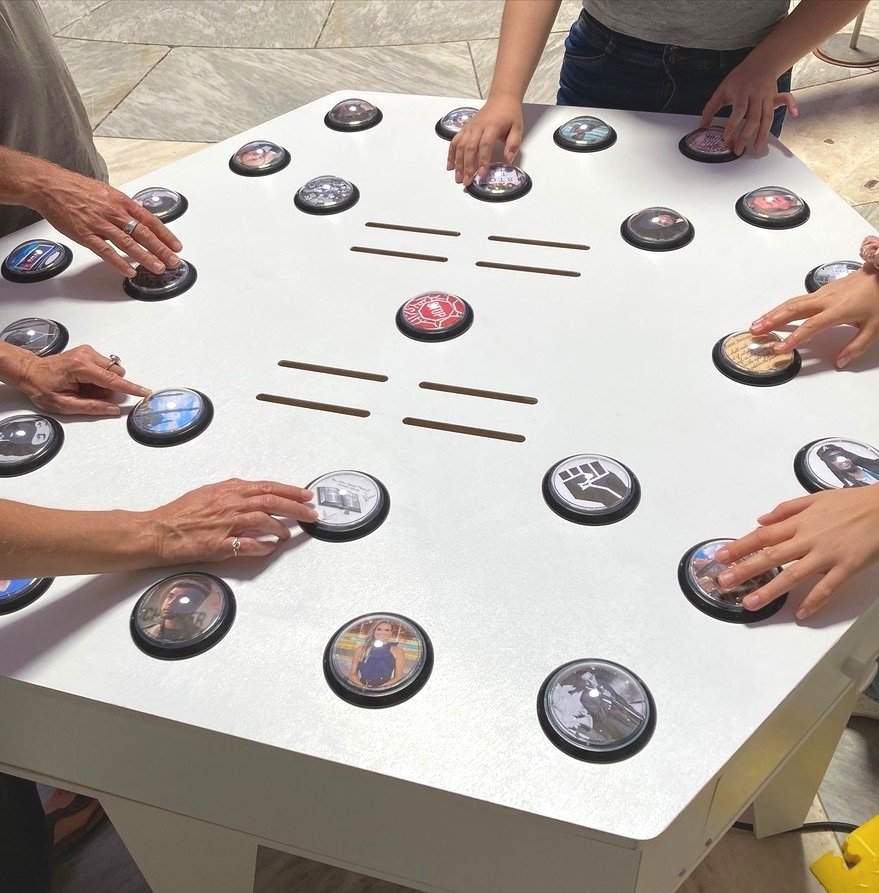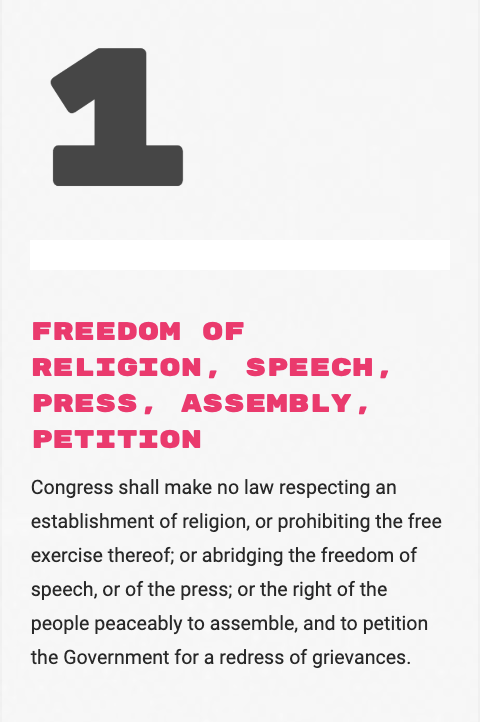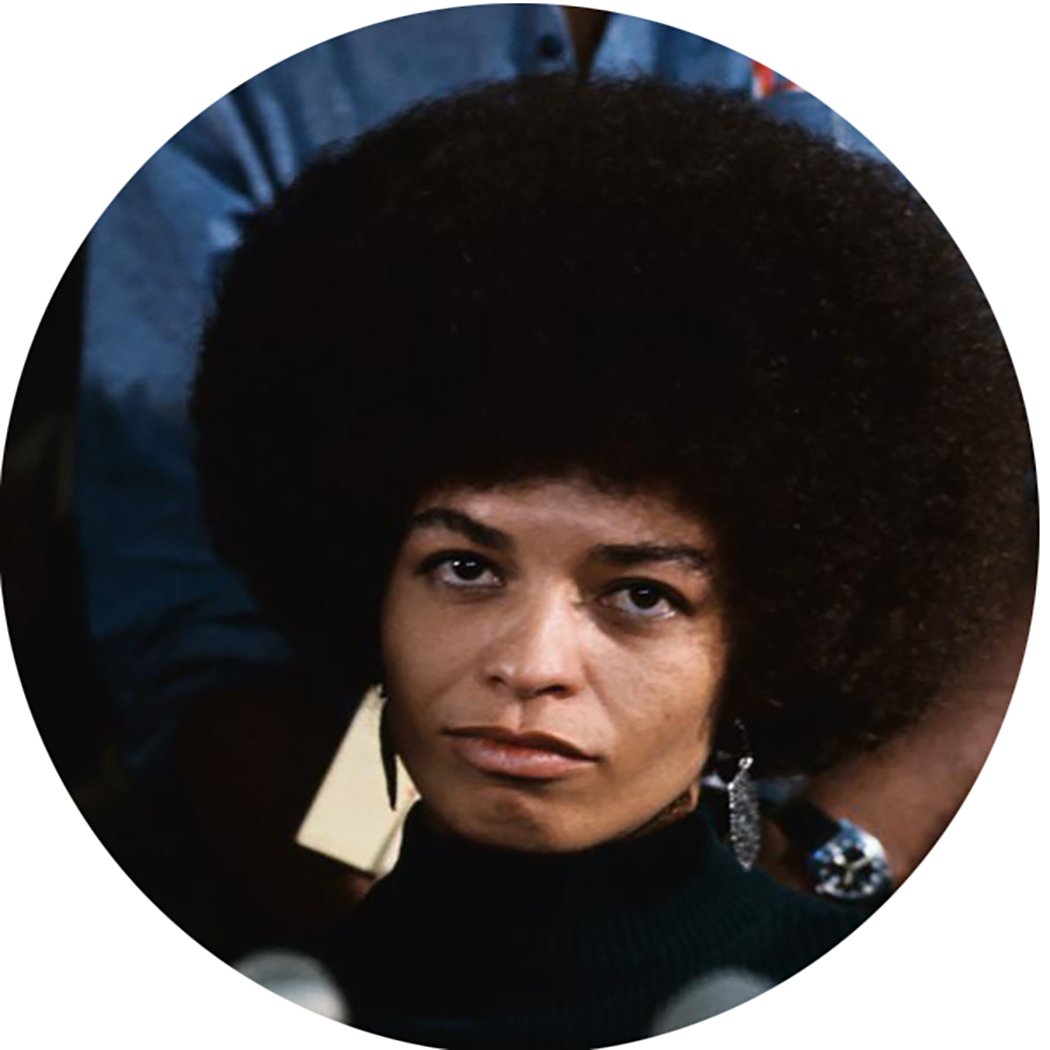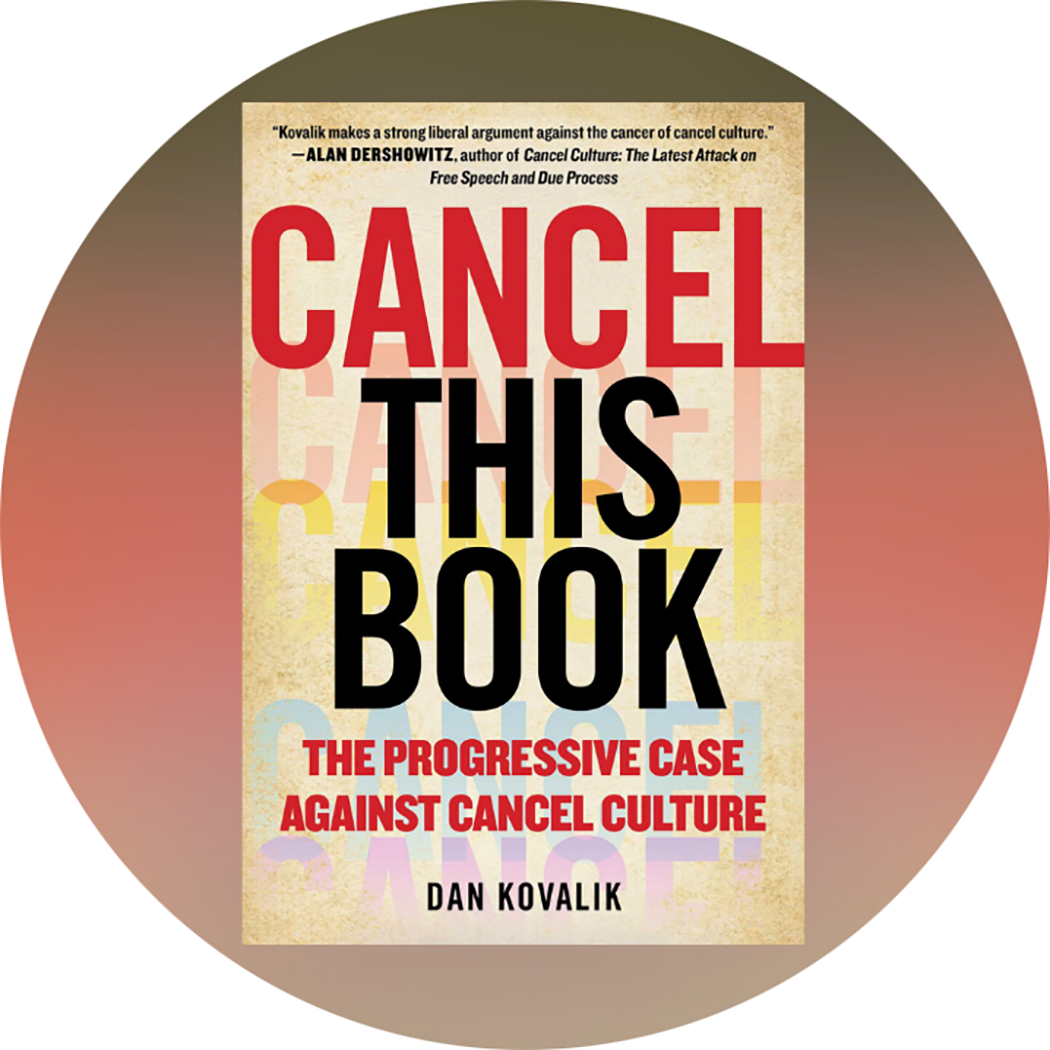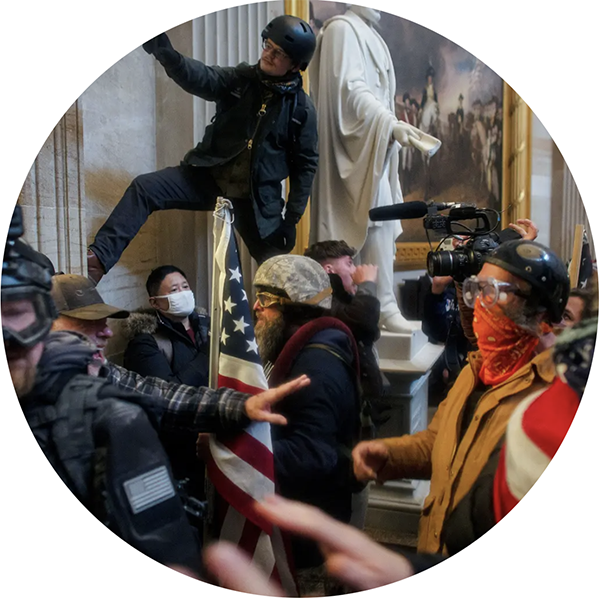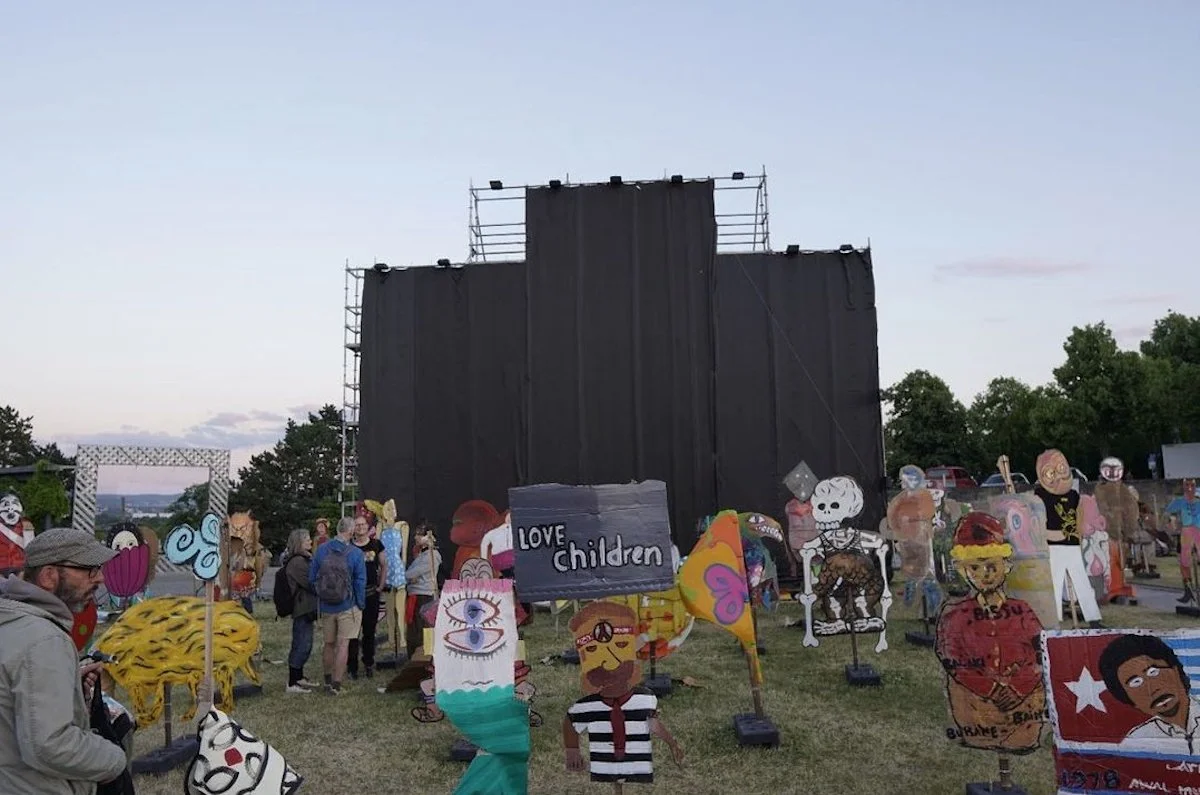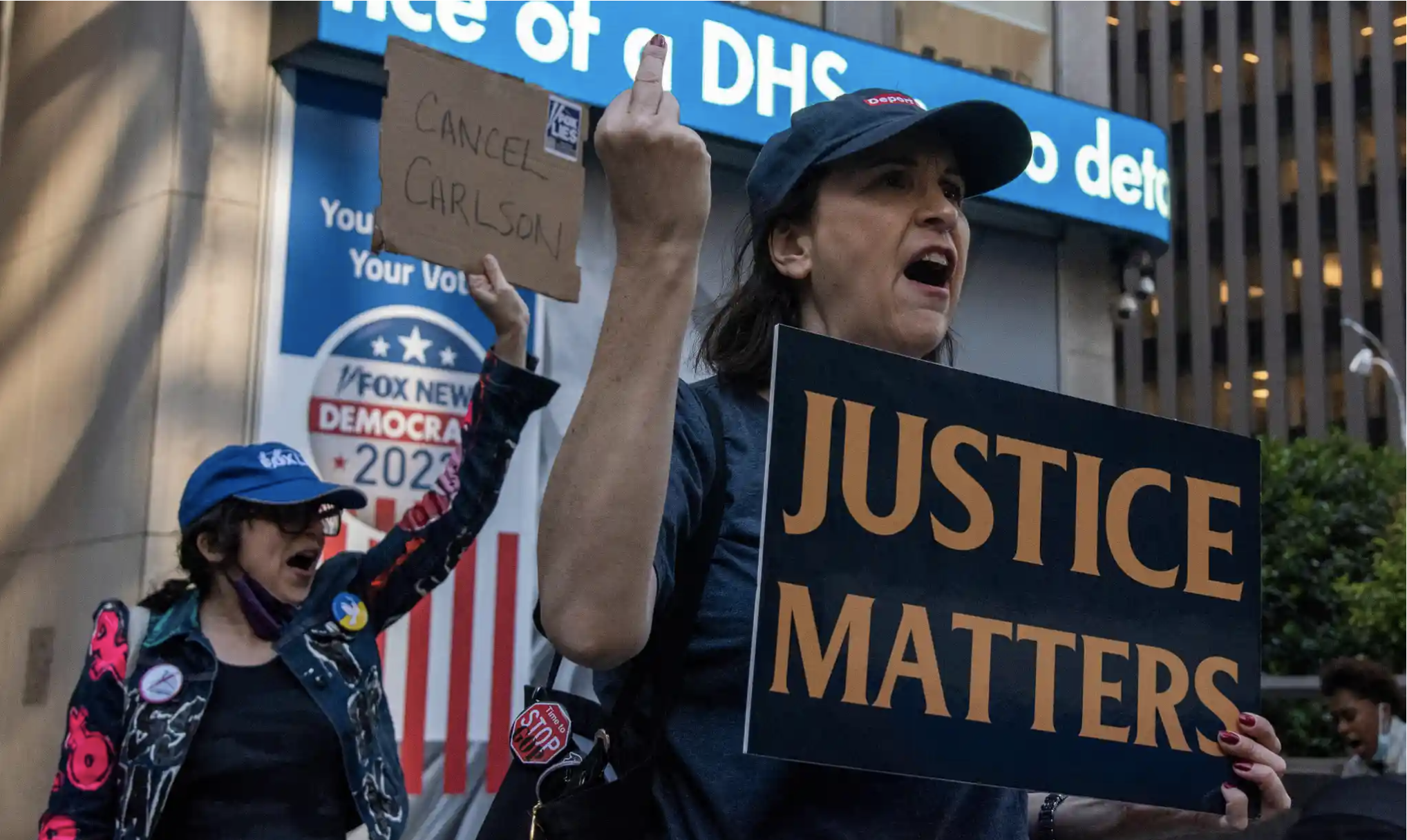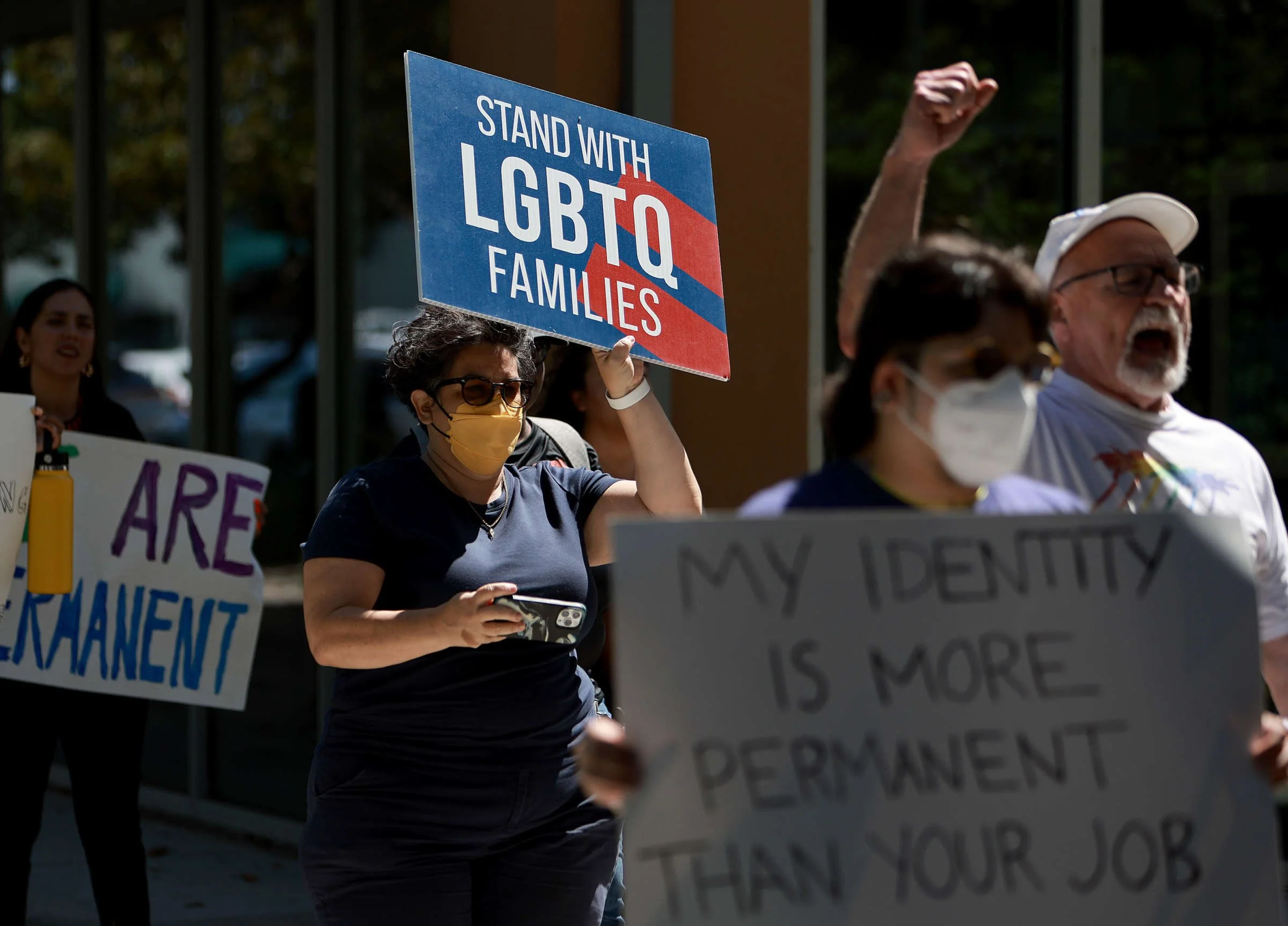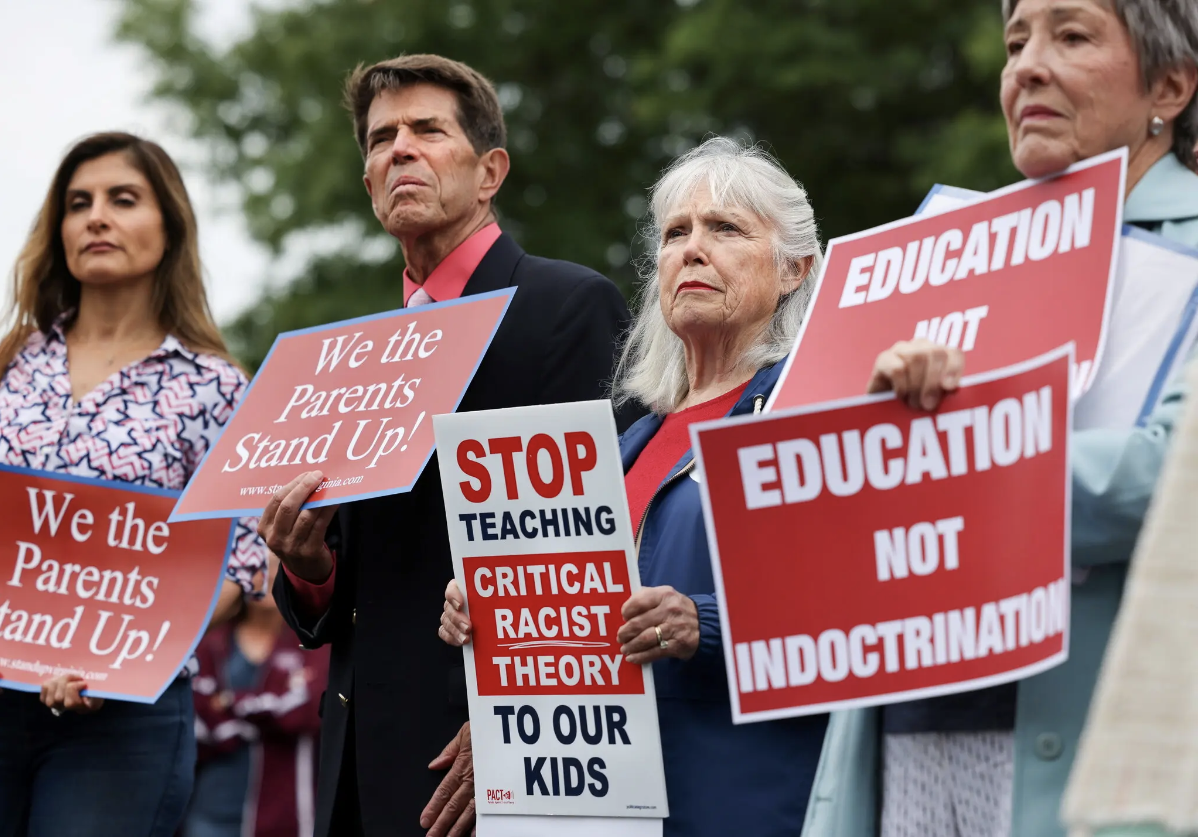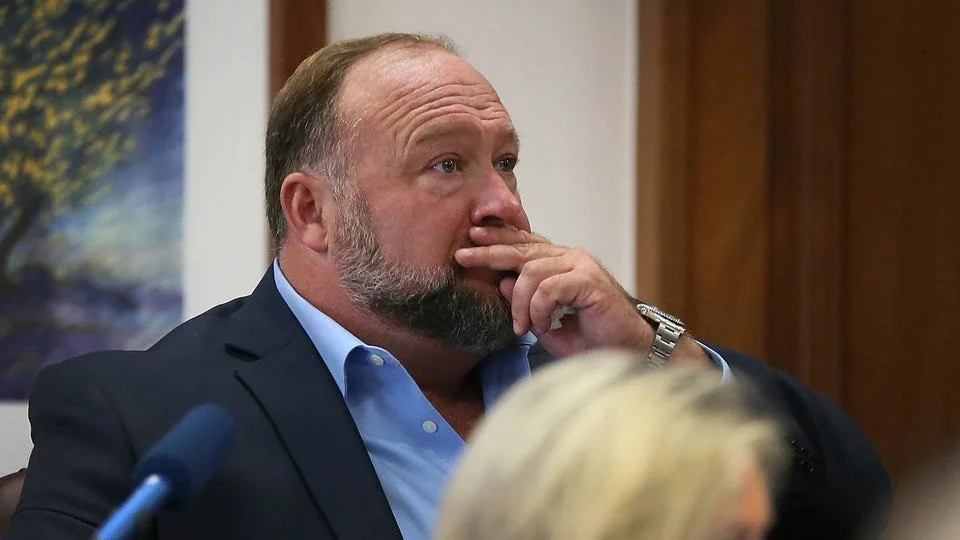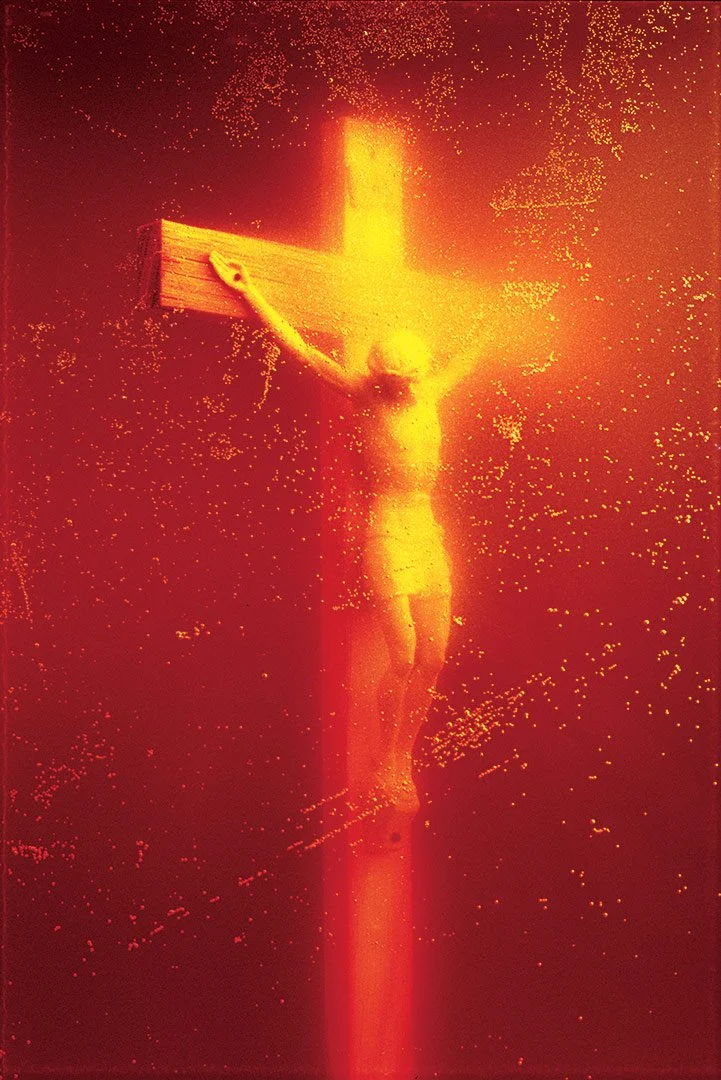…Which By Their Very Utterance…
Wooden game board, electronics, computer, sound, website, printed matter, 2022, 48” x 30” x 48”
…Which By Their Very Utterance… is a playable artwork and sound sculpture that explores the First Amendment for the exhibition Shall Make, Shall Be: The Bill of Rights at Play with arts.codes (Melissa F. Clarke and Margaret Schedel); Peter Bradley; Danielle Isadora Butler; Arnab Chakravarty, Moaw!, and Ian McNeely; Cherisse Datu and Latoya Peterson; Ryan Kuo; Andy Malone; Shawn Pierre, Vi Trinh; and Lexa Walsh.
The First Amendment has a rich history of being exercised in sound: the freedoms of speech, religion, press, assembly and protest reverberate in song and spoken language. . . . Which By Their Very Utterance . . . is a playable game/musical instrument/sound station that explores ideas embedded in the First Amendment. These ideas take shape in audio samples from educational videos, religious and spiritual practices, newsrooms, speeches, marches and protests. I’ve selected samples referencing First Amendment court cases, as well as a few musical interludes (where I am practicing “fair use”).
You, fair player, can exercise your own freedom of expression by playing the work. As you weave contemporary and historic sounds, you are emboldened to explore our First Amendment rights and to reflect on and interrogate their contents. This work invites courageous dialogue, curiosity, and fun. It invites musicality. too. It also aims to promote equity by not only inviting your participation and creativity, but also through its varied content, to create new narratives that become ripe conversation starters. What do we uncover, for instance, when we juxtapose sounds from multiple religious practices, or play protests from opposing ideologies in tandem?
Who truly has these First Amendment rights? When? Why? Where are the lines drawn between free speech and speech, which inflicts injury? When is it too harmful to tolerate? Who gets censored, who gets cancelled? Where is the line between protest and insurrection? Religious practice and dangerous fanaticism? Where does journalistic truth lie? We are confronted with these questions daily, on all sides of the political spectrum. We are confronted, too, with the history of the Bill of Rights’ authors. With the freedoms guaranteed by the First Amendment comes great responsibility. Let’s talk about it.
Special Thanks to John, Laine, Luke, Leo Knapp, Shay Salehi and Ben Crystal.
This website will evolve as the show goes on, and as our First Amendment (and many other) rights are in flux.
Get the Catalogue Here
Curator Commentary
The First Amendment is a paradox. We retain the right to be heard, but not understood; we retain the right to speak, but also the right to misspeak; we retain the right to report, though not necessarily the truth. The amendment does not—and really, could it?—provide mechanisms to ensure comprehension, to parse truth from fiction, to authenticate. Indeed, the gulf between expression and knowledge is vast.
Somewhere between a musical instrument and a game of whack-a-mole, Lexa Walsh’s . . . Which By Their Very Utterance . . . lays these paradoxes bare and exposes the gap between the protection of one’s right to express and the ripples created by that expression. Walsh’s work treats all utterances as equally valid: protests against police brutality against Black people are on the same ground as cries of support for election falsehoods, recordings from court cases with oppositional outcomes, excerpts from cultural practices ranging from education to music to religion. The presumed neutrality of the audio tracks belies the inequities in the First Amendment—if everything is of equal standing, how can we reasonably find meaning in the cacophony?
Walsh’s work invites us to play these recordings by pressing large buttons. The more buttons the player presses, the more recordings play back, leading to a barrage of First Amendment–supported utterances. How we receive, interpret, and act upon these sounds is totally up to the player and their spectators. Not unlike the First Amendment, the work does not suggest why you might want to do this; it only presents you with the opportunity. Do you choose to engage playfully in order to have a little fun? Aesthetically, as if performing with a musical instrument? Methodically, so as to carefully consider each excerpt? With the spirit of a spoilsport to create chaos? Polemically, to draw attention to a particular utterance and its point of view? . . . Which By Their Very Utterance . . . distills the First Amendment to its essence, leaving us to find purpose and meaning not only in what we say but also in how we receive that uttered by others.
https://shallmakeshallbe.org/first_amendment.html
John Berens
John Berens
John Berens
The SOUNDS & Samples
The table has polyphonic loops and long play samples, as well as shorter accent samples which can be played on top of them.
Angela Davis, Activist and Scholar
Charming Hostess, Musician and Radical Jewish Scholar sings Adir Hu
Learn more about Jewlia Eisenberg & Charming Hostess
First Amendment court case Bong Hits for Jesus
Morse v. Frederick – “BONG HiTS 4 JESUS” (2007)
Where/when/how much a school can regulate its students’ speech outside of the classroom.
Background: The Olympic Torch Relay passed through Juneau, Alaska in 2002, and passed in front of a local public high school. The principal decided to allow staff and students to leave class to observe the relay, as an approved ‘class trip.’ Frederick, a student, stood across the street from the school on the public sidewalk and unfurled a 14-foot banner that said “BONG HiTS 4 JESUS” as the camera crews rolled by. The principal told him to take the banner down, Frederick refused, and the principal suspended him.
Frederick argued that this wasn’t ‘school speech’ because he wasn’t in school. He also said the banner was ‘meaningless and funny.’ Principal Morse said the banner promoted illegal drug use and that he was at a school event.
Outcome: The Court sides with the principal, decides that Frederick was “at a school event” and that “BONG HiTS 4 JESUS” can be “reasonably viewed as promoting drug use.”
Dan Kovalik, American human rights, labor rights lawyer and peace activist
Childish Gambino: This is America
Jimmy Swaggart, Televangelist
Lil Jon
Stop the Steal rally mixed with Charlottesville chanting
The call to prayer mixed with the singing of the Qoren
Assata Shakur, Activist and BLA Member
Black Lives Matter Protest mixed with Cat Brooks
A mash up of Trump and W
The First Amendment, explained
Lenny Bruce, Comedian, who pushed free speech limits
People v. Bruce – state of New York prosecutes Lenny Bruce under criminal obscenity laws
Clicking Cameras Dance Beat
Newsroom Jingle
Reverend Arthur B Devers mixed with a rock beat
Alex Jones of Infowars
Banned Words on Campus…
Fox News on Cancel Culture
Brandi Levy, the “Cursing Cheerleader”
Mahanoy Area School District v. B.L. – ‘cursing cheerleader’ case (2021)
Yet another off-campus student speech case.
Background: A school rule mandated that cheerleaders refrain from posting ‘negative information’ about cheerleading on the internet. B.L., a student, failed to make varsity cheerleading and, frustrated, posted “Fuck school fuck softball fuck cheer fuck everything” on her Snapchat. She was suspended from the JV team for breaking the school rule.
Outcome: Court rules in favor of B.L. – this particular school rule is too broad, and infringes the students’ First Amendment rights.
Gonnnnngggg
Scabby the Rat, representing union protests
Tucker v. City of Fairfield – 6th Circuit protects Scabby the Rat balloon under First Amendment (other Scabby cases can be found in other jurisdictions including the Northern District of Illinois)
Lil Jon x 2
Silvio, of the Netflix series Dear White People
News & Resources
Brennan Center on Free Speech Protections
Immigrants and Freedom of Speech
Supreme Court Sides With Coach Over Prayers at the 50-Yard Line
Joseph Kennedy, a former high school football coach in Bremerton, Wash., had a constitutional right to pray on the field after his team’s games, the justices ruled.
Documenta Covers Artwork Criticized for Antisemitic Depictions
The Indonesian collective behind the work, Taring Padi, denied antisemitic intent and issued an apology, adding that it was the first time it was shown in “a European and German context. Though this is not in the United States, it is relevant to us- LW
“The same strategies that sustained antisemitism for decades are being used in public debate to condemn ruangrupa. Instead of open conversations, public debate is fed by denunciations and rumors.”
Fox and friends confront billion-dollar US lawsuits over election fraud claims
Rightwing networks Fox News, OAN and Newsmax could be found liable in cases brought by voting machine company Dominion
Tucker Carlson's Jan. 6 'Documentary' Is His Most Nakedly Fascist Piece Of Propaganda Yet
His recent series for Fox Nation, “Patriot Purge,” is setting the stage for something even worse than the attack on the Capitol.
Brandeis University students’ independent project suggested by students who have been affected by violence, students who have sought training for intervening in violent situations, and other community members, “This list is meant to be a tool to share information and suggestions about language usage. Use of the suggested alternatives is not a university expectation, requirement or reflection of policy. As shared in Brandeis University's Principles of Free Speech and Free Expression, the language you choose to use or not use is entirely up to you.”
Bans on Critical Race Theory Threaten Free Speech, Advocacy Group Says
A report by PEN America, which surveys more than 50 bills proposed across the country, appeals to a principle that has lost its luster for many on the left and right.
FLORIDA SCHOOL DISTRICT SLAPS STIGMATIZING AND ALARMING WARNING LABELS ON BOOKS DEEMED “UNSUITABLE” FOR CHILDREN
What’s Actually Being Taught in History Class? (NYT- there might be a paywall)
The award is in addition to the $4.1M the jury ordered the Infowars host to pay the family Thursday for the suffering he and his website and broadcast caused them.
Penn State students outraged over invitation to far-right Proud Boys founder
Uncensored America, a conservative student group, has invited Gavin McInnes to speak at the school in late October
Some First Amendment Cases of Note
Special Thanks to Lea Rosen, of Rosen, Wolf and Hwang for this historical research.
Schenck v. United States – “fire in a crowded theater” / “clear and present danger” (1919)
Background: Case was brought in 1918, during World War 1. (Charles Schenck opposed the draft and sent anti-war literature to recently drafted men.
He was indicted under the Espionage Act for ‘obstructing recruitment.’)
Source of Key Phrase: “The character of every act depends upon the circumstances in which it is done. The most stringent protection of free speech would not protect a man
falsely shouting fire in a theater and causing a panic.” “The question in every case is whether the words are used in such circumstances and are of such a nature as to create a clear and present danger that they will bring about the substantive evils that Congress has a right to prevent. It is a question of proximity and degree.”
Outcome: The indictment was upheld.
“When a nation is at war many things that might be said in time of peace are such a hindrance to its effort that their utterance will not be endured so long as men fight and that no Court could regard them as protected by any Constitutional right.”
Chaplinsky v. New Hampshire – “fighting words” (1942)
Background: NH passed a law that criminalized “address[ing] any offensive, derisive, or annoying word to any other person who is lawfully in any street or other public place, nor call him by any offensive or derisive name, nor make any noise or exclamation in his presence and hearing with intent to deride, offend or annoy him.” (Mr. Chaplinksy was convicted of yelling “you are a God damned racketeer” and “a damned Fascist and the whole government of Rochester are Fascists or agents of Fascists.”)
Source of Key Phrase: “There are certain well-defined and narrowly limited classes of speech, the prevention and punishment of which have never been thought to raise any Constitutional problem. These include … the insulting or “fighting” words – those which by their very utterance inflict injury or tend to incite an immediate breach of the peace.”
Outcome: The law was held to be Constitutional. “[T]he appellations ‘damned racketeer’ and ‘damned Fascist’ are epithets likely to provoke the average person to retaliation, and thereby cause a breach of the peace.”
Roth v. United States – “utterly without redeeming social importance” (1957)
Background: Roth was indicted under a federal obscenity statute, which he challenged on First Amendment grounds.
Source of Key Phrase: “Implicit in the history of the First Amendment is the rejection of obscenity as utterly without redeeming social importance.”
Outcome: The federal obscenity statute was held constitutional.
Jacobellis v. Ohio – “I know it when I see it” (1964)
Background: After the Roth case (above), courts all over the country were forced to reckon with what, exactly, constitutes “obscenity” for First Amendment purposes. This case marks the first time the question made it all the way to the Supreme Court. (Jacobellis was convicted under an Ohio obscenity law for showing a French movie called “Les Amants” that contained an “explicit love scene.”)
Source of Key Phrase: Justice Potter Stewart’s concurrence “I have reached the conclusion … that under the First and Fourteenth Amendments criminal laws in this area are constitutionally limited to hard-core pornography. I shall not today attempt further to define the kinds of material I understand to be embraced within that shorthand description; and perhaps I could never succeed in intelligibly doing so. But I know it when I see it, and the motion picture involved in this case is not that.”
Outcome: The Court watched the film and concluded it was not obscene. The conviction was reversed.
Brown v. Louisiana – First Amendment protects a sit-in in a public library (1966)
Background: 5 Black men were found guilty of congregating in a segregated Louisiana public library “with the intent to provoke a breach of the peace.”
Outcome: The Court held that the First Amendment protected the right of the 5 men to assemble in the public library, and that Louisiana’s action violated the Constitution.
Tinker v. Des Moines – First Amendment rights of children in public schools (1969)
Background: 2 high schoolers and 1 middle schooler wore black armbands to school, to protest US involvement in Vietnam. They were disciplined for ‘disrupting the learning environment.’
Outcome: The schools violated the First Amendment. Schools may regulate the speech/behavior of children only when the speech or behavior is actually disruptive. It was not in this case.
New York Times Co. v. United States – “without an informed and free press there cannot be an enlightened people” (1971)
Background: Fed. government claimed the right to prevent the NYT from publishing the
Pentagon Papers on national security grounds. NYT argued First Amendment protection.
Outcome: Court found that the US had not satisfied “the very heavy burden that it must meet” to overcome the protection of the First Amendment. Publication of the Pentagon Papers was protected.
Cohen v. California – “Fuck the Draft” (1971)
Background: Cohen entered a CA courthouse wearing a jacket that said “FUCK THE DRAFT” and was convicted of disturbing the peace. He appealed.
Outcome: “The State may not … make the simple public display of a single four-letter expletive a criminal offense.”
(3 Justices dissented bc they felt “Fuck the Draft” was clearly a case of ‘fighting words.’)
Miller v. California – “the standards which must be used to identify obscene material” (1973)
After Jacobellis, the Court revisits the “what is obscenity” question and creates a test. The three-prong obscenity test:
(a) Whether the average person, applying contemporary community standards, would find that the work, taken as a whole, appeals to the prurient interest
(b) Whether the work depicts or describes, in a patently offensive way, sexual conduct specifically defined by applicable state law (c) Whether the work, taken as a whole, lacks serious literary, artistic, political, or scientific value
Hustler v. Falwell – First Amendment limitations on a state’s authority to protect its citizens from the intentional infliction of emotional distress (1988)
Background: Hustler Magazine published a parody interview with Jerry Falwell, leader of the Moral Majority, in which he states that his “first time” was during a drunken incestuous rendezvous with his mother in an outhouse.
Outcome: the Court rules in favor of Hustler, because Falwell is a public figure and because the statement was not intended to be taken as fact (it was labeled ‘parody’ and
was merely meant to be offensive). “One of the prerogatives of American citizenship is the right to criticize public men and measures.”
Texas v. Johnson – flag burning / expressive conduct (1989)
Background: Johnson was convicted under TX law after burning an American flag as a political protest. The Court had never before ruled on whether the government “may criminally sanction flag desecration” consistent with the First Amendment.
Outcome: the Texas law was ruled unconstitutional; flag burning constitutes “expressive conduct” and is therefore protected, even though it’s not verbal speech.
*Makes me think of artist Dread Scott’s thesis exhibition at SAIC -LW
R.A.V. v. City of St. Paul, Minnesota – cross burning I (1992)
Background: St. Paul anti-hate law prohibited symbols (including burning crosses and swastikas) “which one knows or has reasonable grounds to know arouses anger, alarm, or resentment in others on the basis of race, color, creed, religion or gender.” Is this constitutional?
Outcome: The law is not constitutional because it only prohibits hate speech “on the basis of race, color, creed, religion or gender.” That’s content discrimination. The state cannot prohibit speech purely for its subject matter. “St. Paul has no authority to license one side of a debate to fight freestyle, while requiring the other to follow Marquis of Queensberry rules.”
Virginia v. Black – cross burning II (2003)
Background: Another, differently-worded law from VA attempts to avoid the mistakes of the Minnesota law from RAV. The VA law prohibits cross-burning “with an intent to intimidate a person or group of persons.”
Outcome: Good job, Virginia. THIS type of cross-burning law is allowed.
Citizens United v. Federal Election Commission – is money speech? (2010)
Is a prohibition on corporate independent expenditures a ban on ‘speech’? Held: Yes. A “restriction on the amount of money a person or group can spend on political communication during a campaign … necessarily reduces the quantity of expression by restricting the number of issues discussed, the depth of their exploration, and the size of the audience reached.”
US v. Alvarez – does the First Amendment protect lies? (2012)
Background: The Stolen Valor Act made it a federal crime to lie about military honors. Is that consistent with the First Amendment?
Outcome: The Stolen Valor Act is unconstitutional, because it criminalizes pure speech, exclusively on the basis of its content. There is no “general exception to the First Amendment for false statements.” The government can regulate defamation, or threats, but not plain old lying.
US v. One Book called “Ulysses” – James Joyce novel Ulysses not pornographic (Southern District of New York, 1933)
The Village of Skokie v. National Socialist Party of America – marching in Nazi regalia is protected by the First Amendment (Supreme Court of Illinois, 1978)
NEA v. Finley – “Piss Christ” (1998)
Background: The National Endowment for the Arts distributed grant money for a Mapplethorpe exhibit (homoerotic photography) and for a display of Andres Serrano’s Piss Christ. This set off a flurry of Congressional activity that attempted to prevent the NEA from promoting obscene art. Finley and the others were artists whose applications for NEA funding were rejected because of the subject matter of their work.
Outcome: NEA wins this round. Justice Souter dissents loudly.
